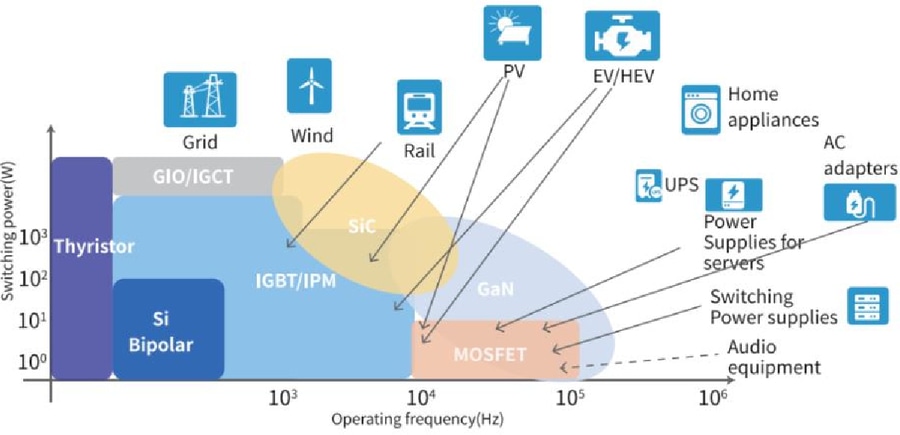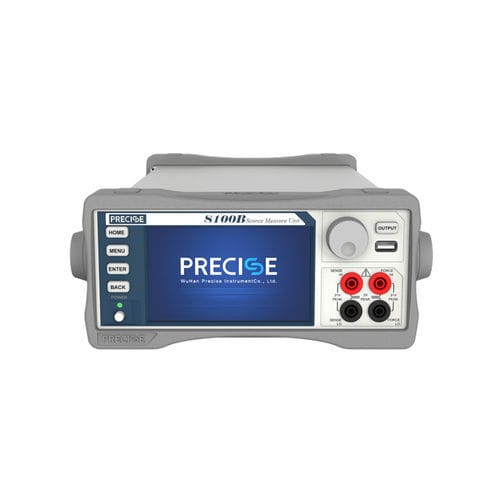
#Product Trends
Exploration of Influencing Factors of GaN HEMT Device Testing and SMU High Performance Characterization
5G, 6G, satellite communications, and microwave radar will bring about revolutionary changes in semiconductor materials.
With the migration of communication frequency bands to high frequencies, base stations and communication equipment need radio frequency devices that support high frequency performance. Compared with Si-based semiconductors, as a representative of the third-generation semiconductors, the advantages of GaN with higher electron mobility, saturated electron velocity and breakdown electric field will gradually become prominent. Because of this advantage, the third-generation semiconductor materials and devices represented by GaN are considered to be the core of power electronics and microwave radio frequency technology due to their excellent high temperature, high pressure and high frequency characteristics.
PRECISE GaN HEMT Device High Performance Characterization Solution
GaN HEMT device performance evaluation generally includes static parameter testing (I-V testing), frequency characteristics (small signal S parameter testing), and power characteristics (Load-Pull testing). Static parameters, also known as DC parameters, are the basic tests used to evaluate the performance of semiconductor devices, and are also an important basis for the use of devices. Taking the threshold voltage Vgs(th) as an example, its value has important guiding significance for developers to design the drive circuit of the device.
The static test method is generally to load voltage or current on the corresponding terminal of the device, and test its corresponding parameters. Unlike Si-based devices, the gate threshold voltage of GaN devices is low, and even a negative voltage is applied. Common static test parameters include: threshold voltage, breakdown voltage, leakage current, on-resistance, transconductance, current collapse effect test, etc.
Recommended GaN device characterization equipment based on high-performance source measure unit SMU
SMU, or source measure unit, is a high-performance instrument for semiconductor materials and device testing. Compared with traditional multimeters and current sources, SMUs integrate multiple functions such as voltage sources, current sources, voltmeters, ammeters, and electronic loads. In addition, SMU also has a variety of features such as multi-range, four-quadrant, two-wire/four-wire testing, etc. For a long time, SMU has been developed and designed in the semiconductor testing industry, and its production process has been widely used. Similarly, for GaN testing, high-performance SMU products are also essential tools.






